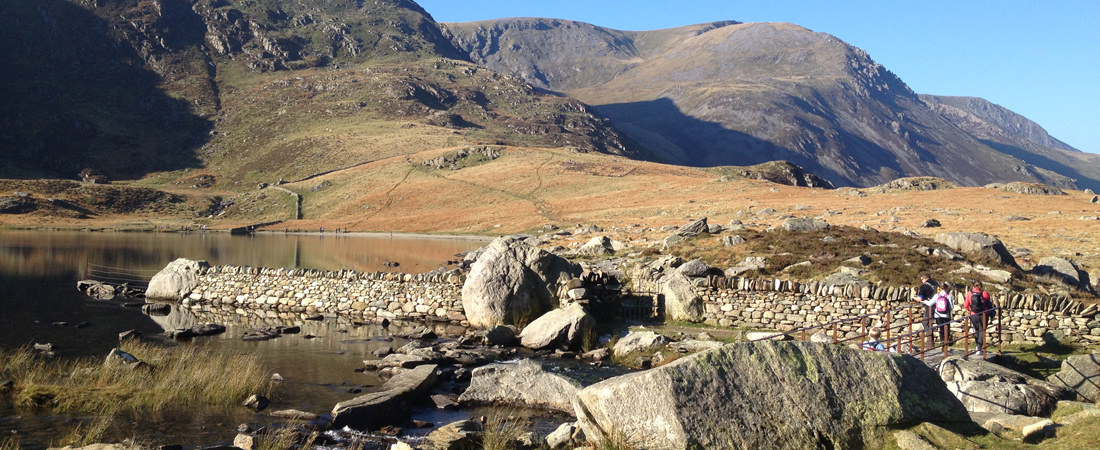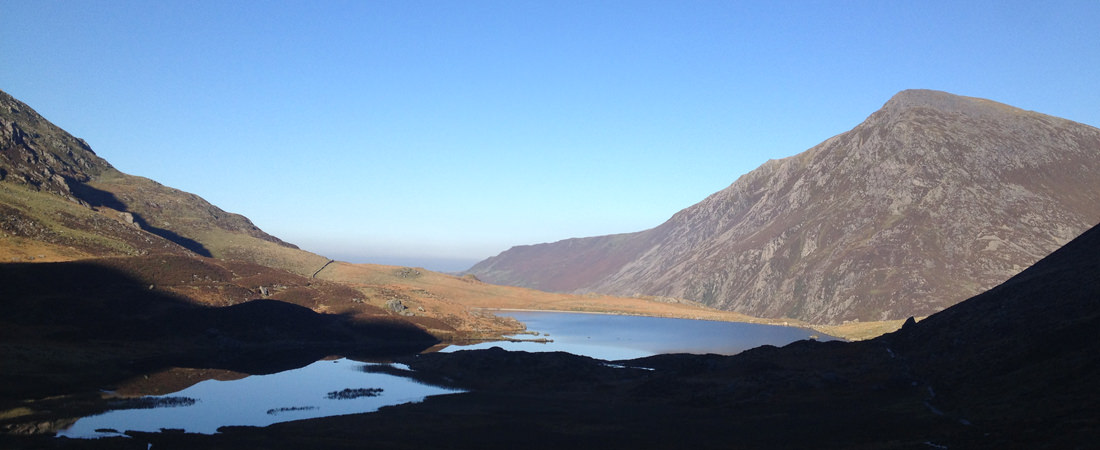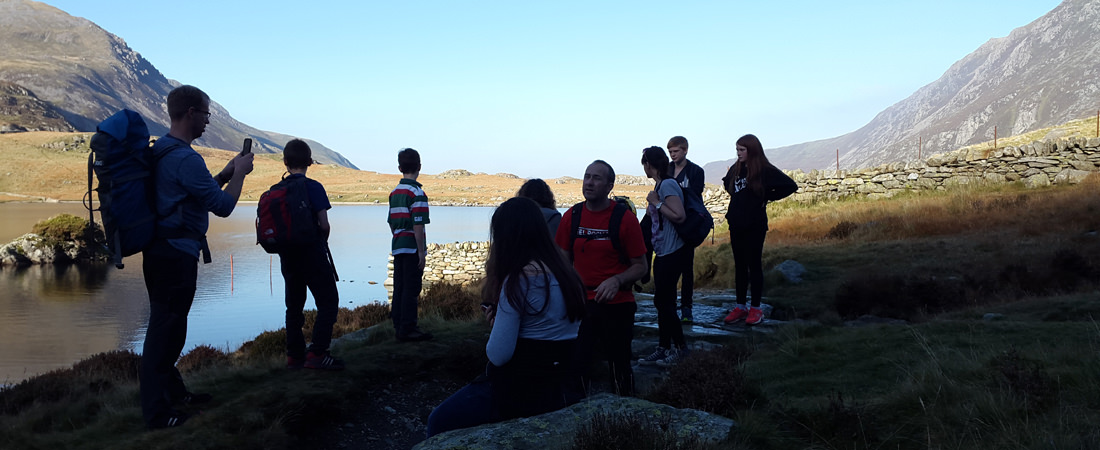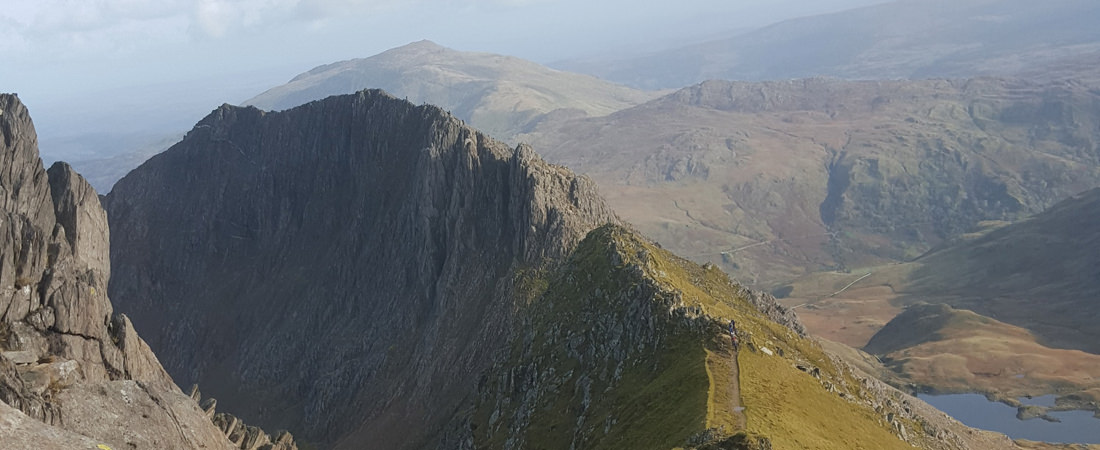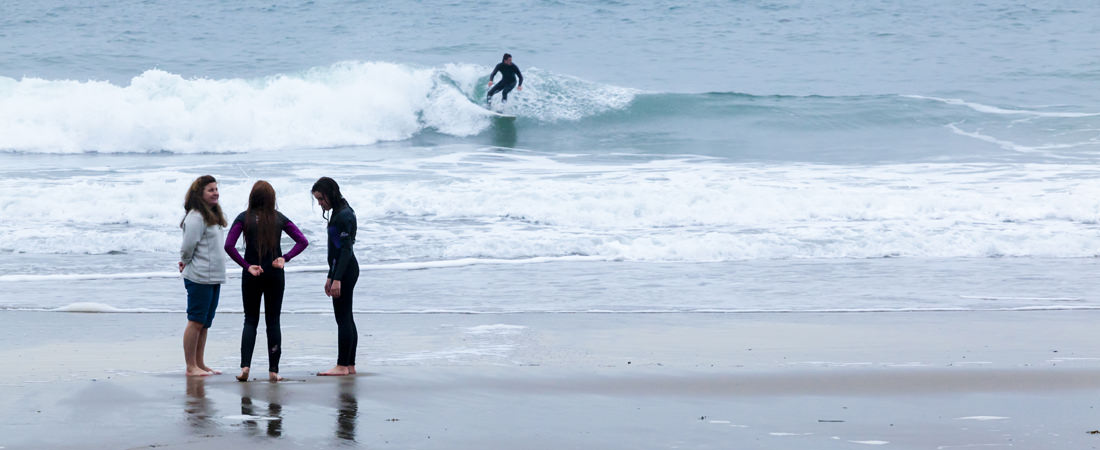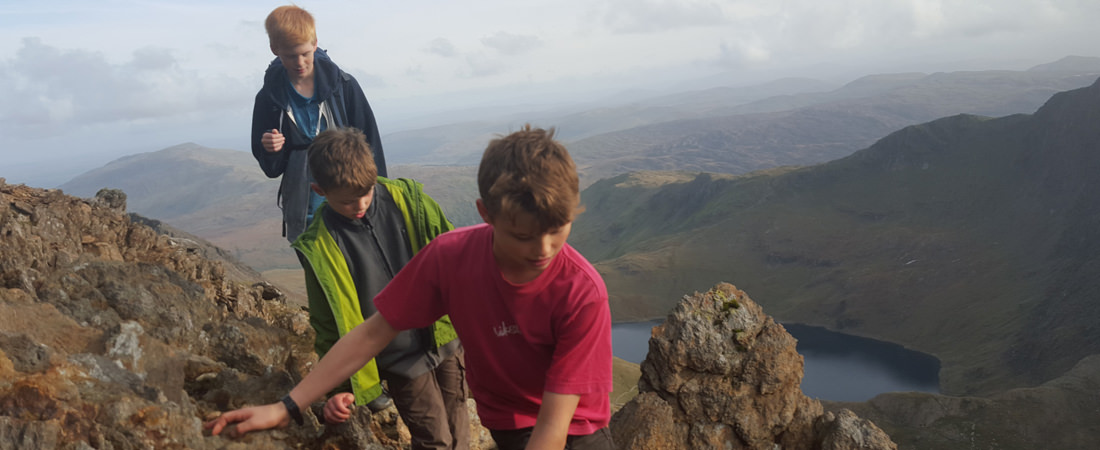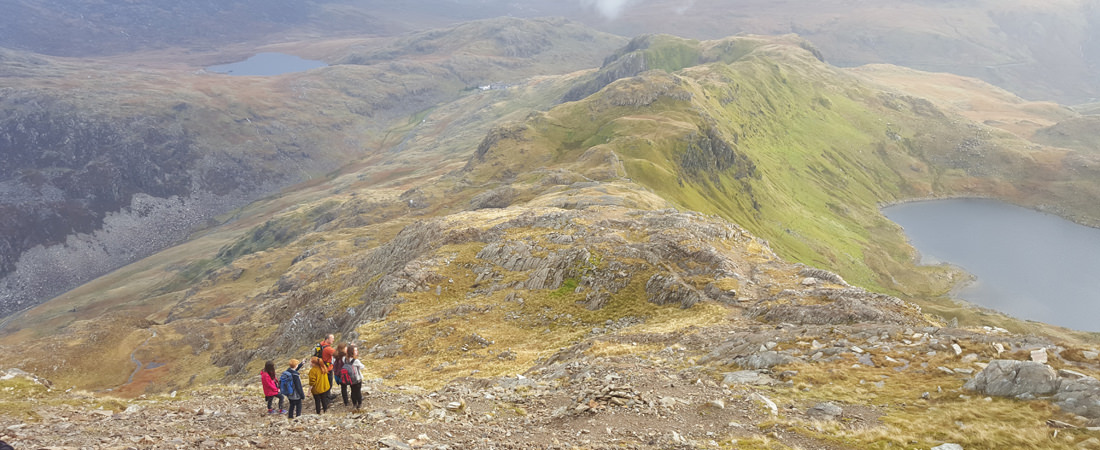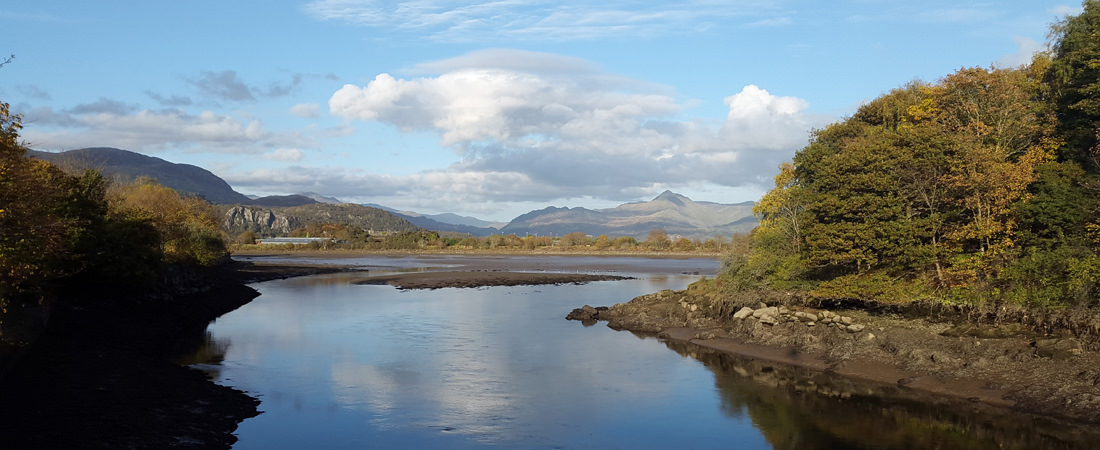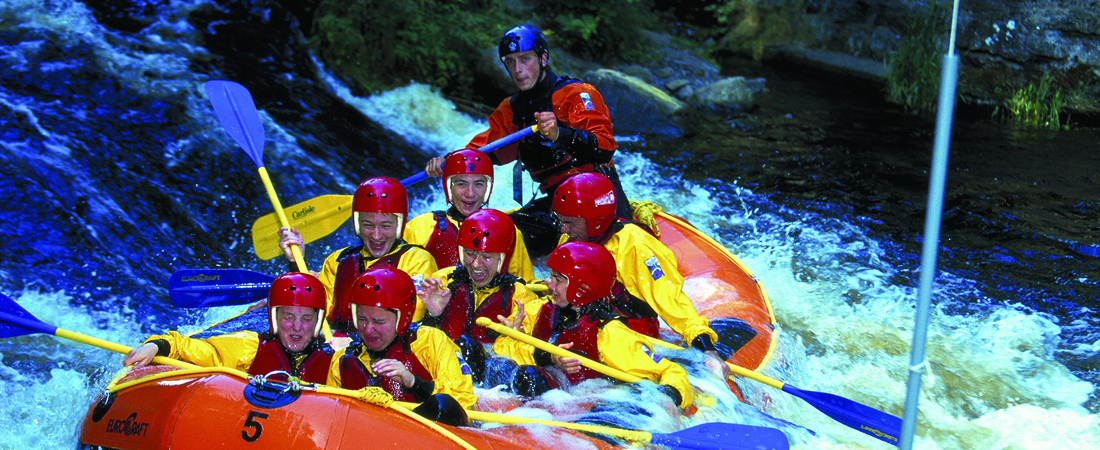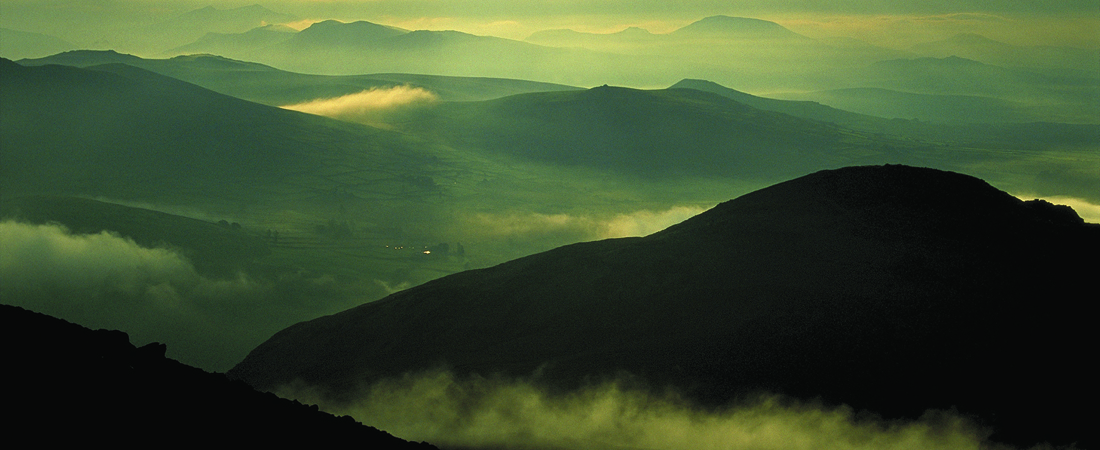Snowdonia Outdoor Activities
Snowdon Lodge at Tremadog is perfectly situated for Snowdonia outdoor activities. You’ll find it located in the foot hills of Snowdonia. It is both right next to the famous Tremadog Rocks climbing routes, and also just 20 minutes from Nant Gwynant where the Pig Track climbs up to the summit of Snowdon. Numerous sea sports are available. Take advantage of the Atlantic waves for surfing and the large expanses of sand for kite surfing. The many varied beaches on the Llyn peninsula provide opportunities for coasteering, cliff climbing, surfing and open water swimming. The tumbling rivers of Snowdonia are ideal for gorge scrambling and white water rafting. If you love the great outdoors, then you can find enough Snowdonia outdoor activities to keep you challenged for years, whether on land or in water.
Hiking and climbing
Within a few minutes walk from Snowdon Lodge you can climb all day at Tremadog rocks. These sheltered rocks are well known for their unique temperate climate in Snowdonia, with dry weather due to being sheltered by the rain shadow of Snowdon. There are climbing routes ranging from V.Diff to E7 which include multi-pitch routes of up to 250ft in height. Snowdonia has thousands of climbing and hiking routes throughout the mountains, with fantastic ice climbing in magnificent scenery during winter.
Snowdonia National Park is the most popular place in the UK for hill walking, with walks of ranging difficulty close to Snowdon Lodge. Snowdon is the classic summit on everyone’s list and the easiest way from Snowdon Lodge is to follow the Pig Track from Pen y Pass. Pen y Pass is 30 minutes drive from Snowdon Lodge and the Pig Track is paved all the way to the summit. There are alternative more exciting routes, some of which need to be taken with care on a fine day with an experienced guide. These include the classic Grib Goch route which climbs a very exposed edge from Pen y Passs. This type of mountain scrambling is probably the most dangerous form of mountaineering, particularly on an icy windy day. From Snowdon Lodge you can reach the peaks of Tryfan, Moel Hebog, and the Snowdon Massif.
Mountain biking
Additionally, some of the UK’s best mountain bike trails are easily accessible from Snowdon Lodge. Visit Coed-y-Brenin, Beddgelert Forest, the routes around Betws-y-Coed or the Red Bull and Karrimor trails which are nearly 33 km long. For road cyclists, the Lon Las Cymru passes close to Snowdon Lodge. This is a tough but spectacular cycle route that takes you through a variety of landscapes from the south to the north of Wales.
Wind sports
Kite flyers can discover the kite flying oases of the local Black Rock Sands and Hells Mouth Beach. Here you will find miles of flat hard sand and the perfect sea for windsurfing. Local club meetings and sport shop demonstrations often take place on these beaches. The westerly Atlantic waves and huge beaches are also ideal for surfing. The tumbling rivers and calm lakes of Snowdonia are ideal for kayaking on white water or flat water. The area is full of places to paddle, with the Tryweryn and the river Dee close and the sea and lakes only a stones throw from Snowdon Lodge.
Find out about our local activity providers
As well as organizing your own Snowdonia outdoor activities, you can find local experts to guide you. So that you can try something new, consider taking advantage of one of the many local activity providers who provide equipment and expertise.
For instance, the National White Water Centre Canolfan Tryweryn provides great Whitewater Rafting trips. They pioneered Whitewater Rafting in the UK and their reputation precedes them, with visitors returning again and again for this exhilarating activity. Additionally, the North Wales Caving Club provides help and advice about the local caves. Officially their objectives are “The Exploration, Study and Conservation of Caves and Historic Mines in North Wales”…unofficially they just have fun underground. To learn to fly gliders and participate in one of the most fascinating ways of flying, North Wales Gliding Club is a friendly members’ club where you can learn. Visitors are always very welcome, even if you do not want to fly and just want to watch.
Here are some more Snowdonia outdoor activities and things to do in North Wales.
Here are some interesting facts about Mount Snowdon and Snowdonia Outdoor Activities
· At 3560 feet (1085 metres) Snowdon is the highest mountain in England and Wales.
· There are six main paths up Snowdon: Llanberis Path, Miners Track, Pyg Track, Rhyd Ddu Path, Snowdon Ranger Path and Watkin Path
· Owing to his search for botanical specimens, Thomas Johnson made the first recorded ascent of Snowdon in 1639.
· The original engines used on the Snowdon Mountain Railway were made in Switzerland.
· Clogwyn Du’r Arddu on Snowdon was the first rock climbing cliff to have a whole book devoted to it. “The Black Cliff”
· An enterprising miner named Morris Williams was the first to sell refreshments at the summit of Snowdon in 1838.
. In the 1950’s Joe Brown and his colleagues slid down the Snowdonia Mountain Railway. After their climbs, they placed a flat rock on the central rack of the line with a foot on each outside rail for balance and breaking.
· Llanberis, the village at the foot of Snowdon, if often described as ‘The Chamonix of Wales’.
· The seagull, not normally seen on mountains, is the most common bird seen on Snowdon
· ‘Yr Wyddfa Fawr’, the highest peak in Snowdonia, translates to ‘The Great Tomb’ in English.
. Snowdonia outdoor activities are the most popular in the UK
· The Snowdon area comprises many different rock types. They are mostly of volcanic origin with Rhyolite and Dolerite being the most common. You can clearly see the two types from Pont y Cromlech on the Llanberis Pass. Looking toward Crib Goch (southwest), you’ll find the Dinas Mot crags (due south). These have a smoother central ‘nose’ which is Rhyolite and darker, rougher much more vegetated ‘wings’. These are Dolerite. Moreover, it is worth noting that the summit of Snowdon itself is the remains of an extinct volcano.

